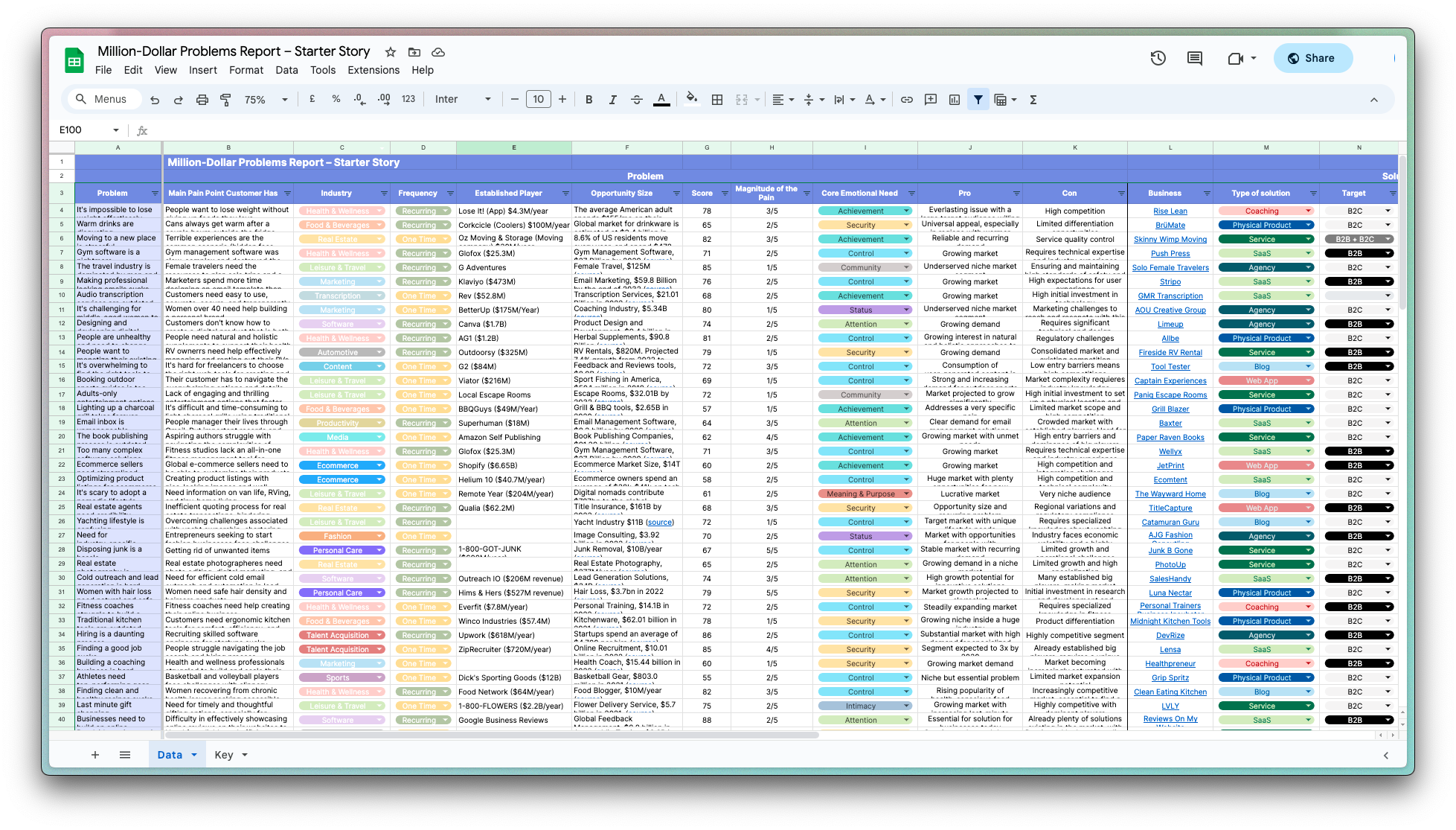
5 Language Learning App Success Stories [2025]
Language learning apps use different activities and methods to assist users to expand their vocabulary and develop correct linguistic skills and general communication skills. The demand for global language learning apps has recorded a massive rise in the past decade and is expected to rise beyond $21.2 in the next few years.
Therefore, if you love linguistics or you have a passion for building apps that teach people a new language, then the language app business idea is worth diving into.
Here are basic steps to guide you through the journey of building a language learning app:
- Come up with an application concept
- Make a unique business analysis
- Define the feature set and make the requirements list
- Choose the technology stack based on the platform
- Develop the application design
- Create the content
- Develop full application version or MVP of your choice
- User testing
- Market and advertise the application
From the ideation stage to the final stage of your app development, focus on ensuring that your language learning application will have the following features:
- Gamification to encourage learners and bring on the competition
- Break down the courses into small chunks
- Provides learners with timely and relevant tips
- Variety of content and activities
- User-friendly design and interface
- Create a users’ community so they can interact and share tips
- Ensure a simple sign-in
- Regular assessment to test and score learner’s progress
Examples of language learning apps include Duolingo, Memrise, and LinguaLift.
In this list, you'll find real-world language learning app success stories and very profitable examples of starting a language learning app that makes money.
1. Live Lingua ($1.44M/year)
In response to the Mexican swine flu, the founder of Live Lingua, a language learning platform, pivoted their brick-and-mortar language school to online classes through Skype. They quickly realized the potential of online language learning, sold their physical school, and rebranded as Live Lingua, growing steadily at about 20% each year since 2012.
How much money it makes: $1.44M/year
How much did it cost to start: $60
How many people on the team: 9
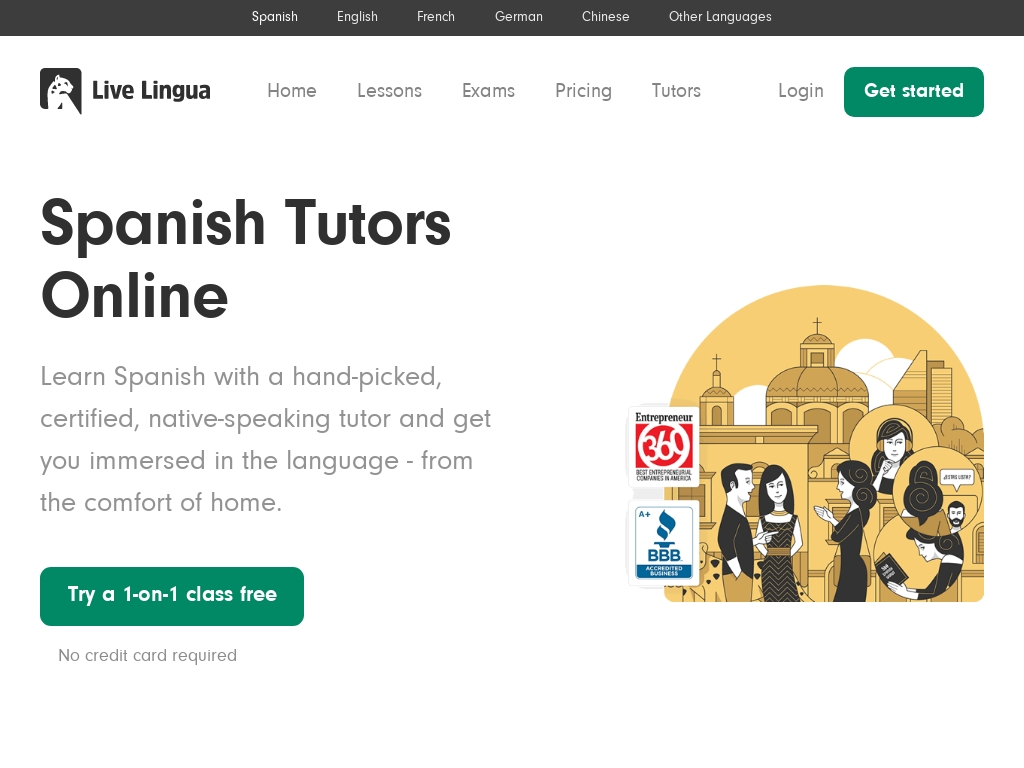

Live Lingua, an online language learning platform, built a 7-figure business on a bootstrap budget using SEO and launched thanks to the Mexican swine flu, with the company now growing at around 20% a year every year since then.




2. Gikken ($224K/year)
Alex, the co-founder and CEO of Gikken, came up with the idea for their flagship product, Mate Translate, while in high school. As an avid language learner, he wanted a fast and efficient way to translate words and sentences without interrupting his workflow. He developed the Instant Translate Chrome extension, which later evolved into Mate Translate, and eventually expanded it to other platforms with the help of developers. The business now generates around $18,000 a month and has a user base of 800,000 people.
How much money it makes: $224K/year
How much did it cost to start: $0
How many people on the team: 1
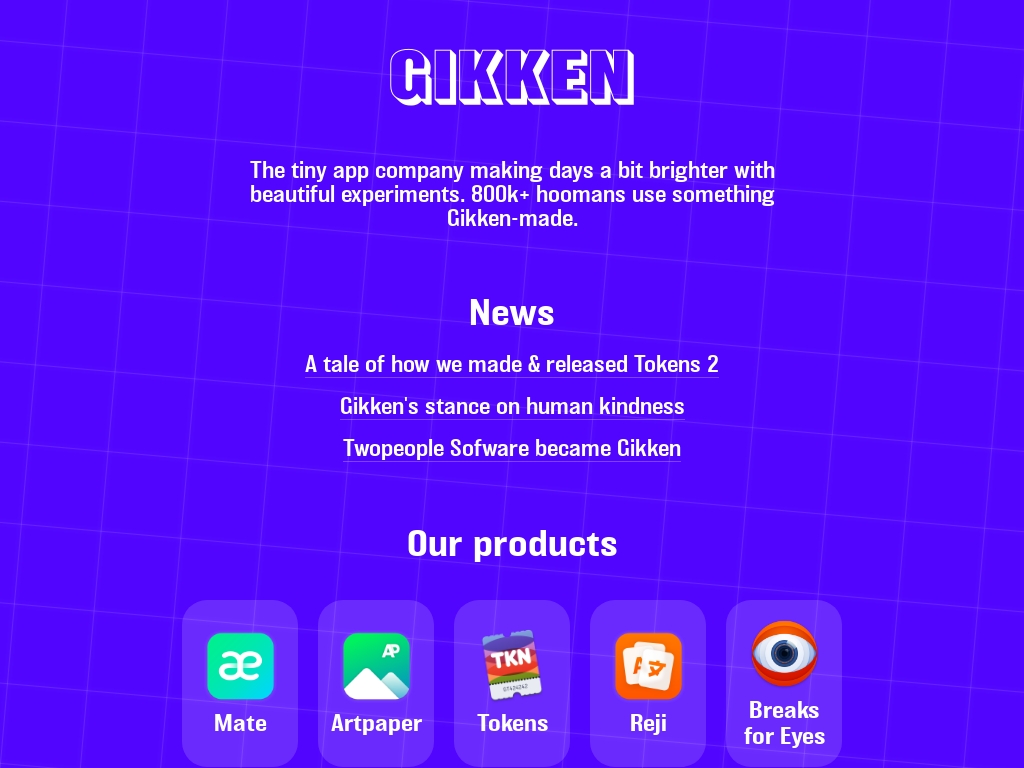

Gikken is a small, profitable European company founded by Alex that makes browser extensions and apps used by 800,000 people every month, with their flagship product, Mate Translate, generating around $18,000 a month, but monetizing their user base better is their top priority for the next year.




3. Hyperfluent ($120K/year)
While the country was recovering from the effects of the Great Recession, Eva, like other graduates was having trouble finding a job. She took a road trip to decide the career path she wants to take, and remembered jotting down three of her passions: children, travelling, and languages. This was the start for Hyperfluent.
How much money it makes: $120K/year
How much did it cost to start: $1K
How many people on the team: 0
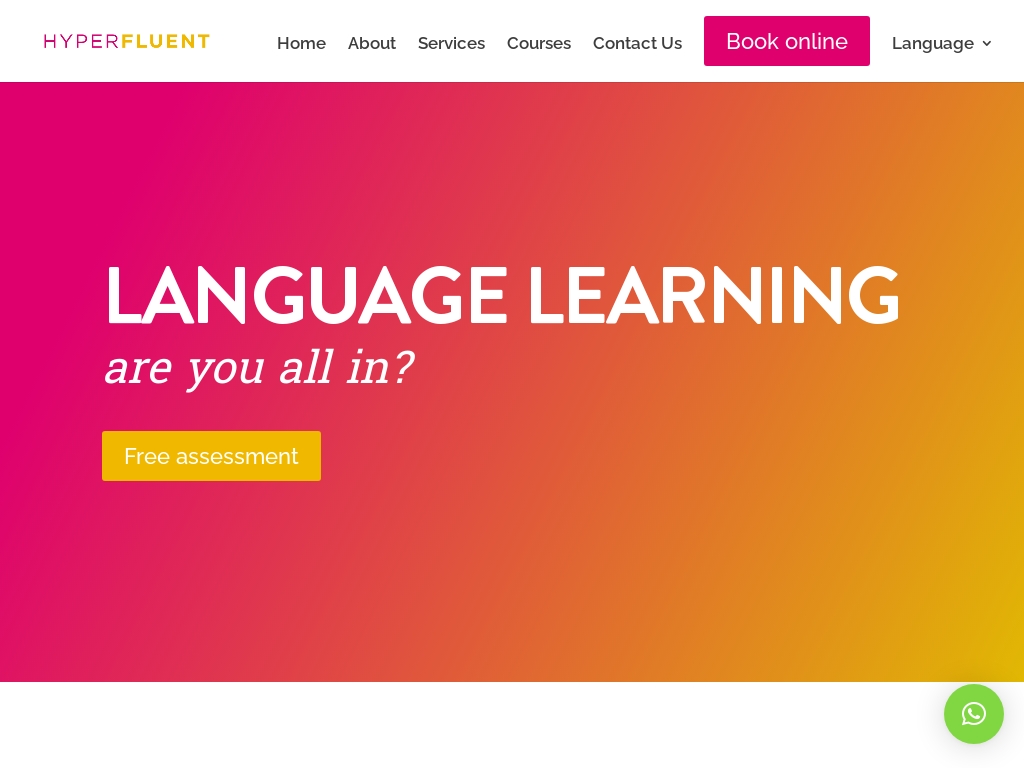

Eva Rosales founded Hyperfluent, a language acquisition consultancy service, which incorporates personalized consultations, tutoring and translational services, language immersion programs, and more, and can make a monthly profit of $9,000-10,000.




4. Think in Italian LLC ($84K/year)
Stefano Lodola, an industrial engineer fluent in 13 languages, founded Think in Italian after realizing none of the existing online courses met his rigorous standards—he hit $10k MRR in October 2023.
How much money it makes: $84K/year
How much did it cost to start: $0
How many people on the team: 0


Stefano Lodola's Think in Italian language platform surged to nearly $10k MRR by tapping into a unique, immersive learning approach, yet was forced to navigate a 50% revenue drop due to Google’s algorithm changes.




5. Marlena Jorn Tutors ($2.88K/year)
Marlena Jorn, founder of Marlena Jorn Tutors, was inspired to start her business after witnessing a decline in the availability of the German language throughout her own education. With six months of teaching experience under her belt, Marlena felt confident in her abilities and decided to branch out on her own, offering private, one-on-one German lessons to both children and adults. Through word-of-mouth advertising and a strong online presence, Marlena is working towards building a solid clientele and making German available to anyone interested.
How much money it makes: $2.88K/year
How much did it cost to start: $300
How many people on the team: 1
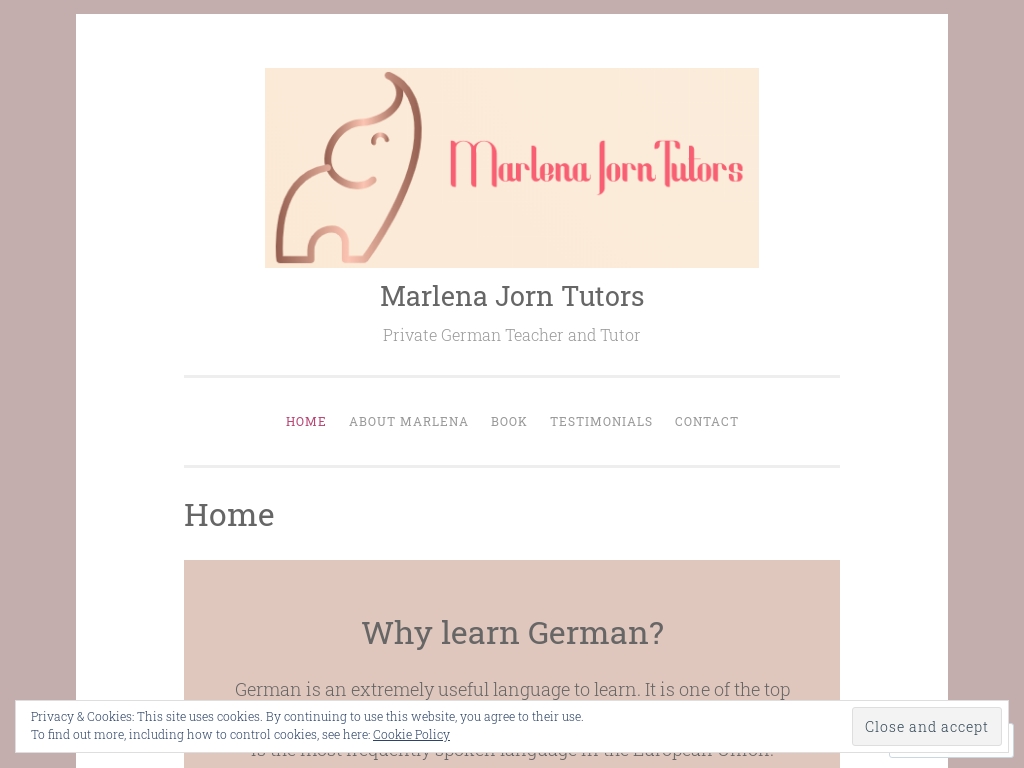

Marlena Jorn started Marlena Jorn Tutors in teaching German to a group of people privately; she learned through experience what worked best to design her class structure and advertising/marketing materials, and from word of mouth has gained a very successful response so far.




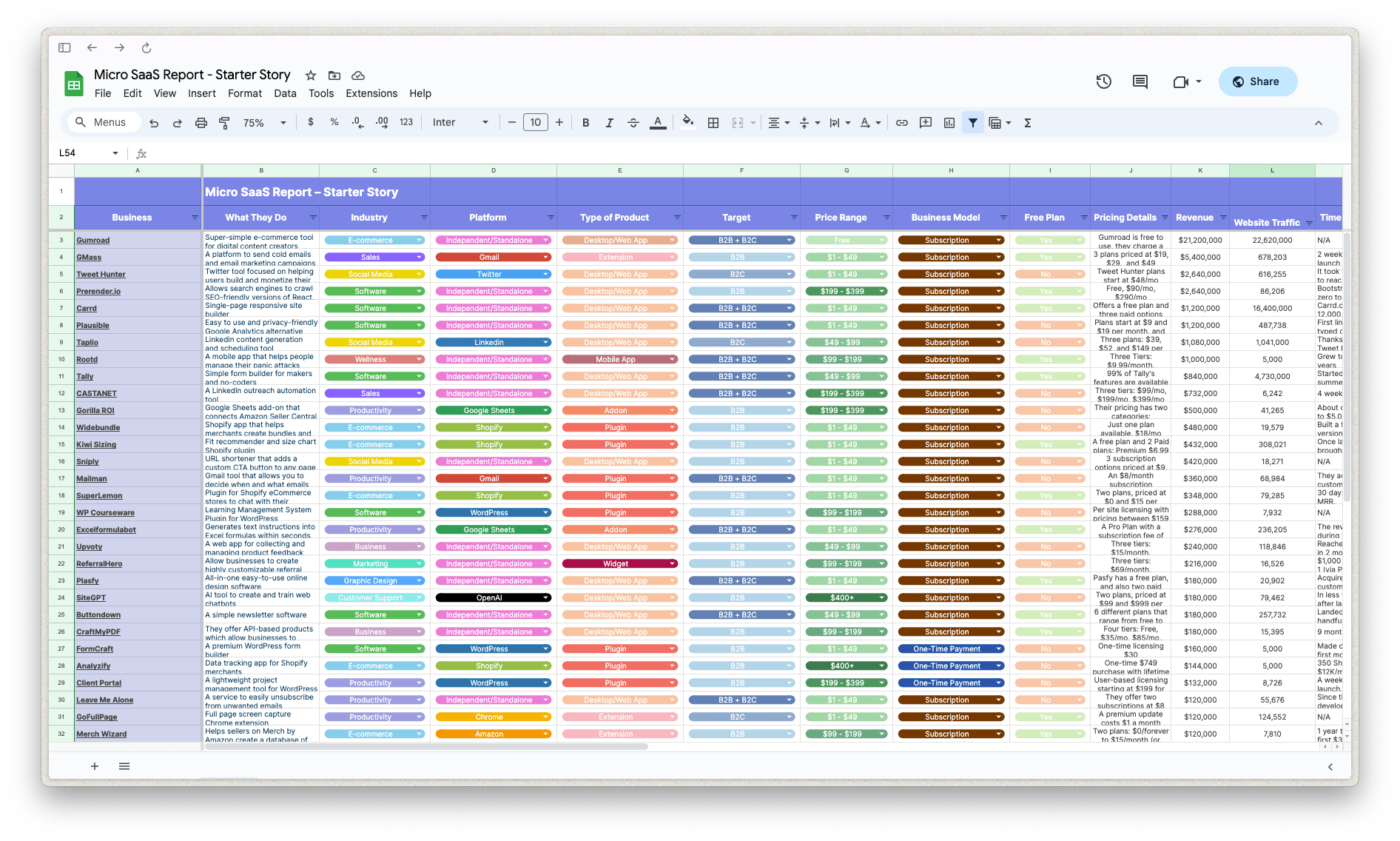
Download the report and join our email newsletter packed with business ideas and money-making opportunities, backed by real-life case studies.

Download the report and join our email newsletter packed with business ideas and money-making opportunities, backed by real-life case studies.

Download the report and join our email newsletter packed with business ideas and money-making opportunities, backed by real-life case studies.

Download the report and join our email newsletter packed with business ideas and money-making opportunities, backed by real-life case studies.

Download the report and join our email newsletter packed with business ideas and money-making opportunities, backed by real-life case studies.

Download the report and join our email newsletter packed with business ideas and money-making opportunities, backed by real-life case studies.

Download the report and join our email newsletter packed with business ideas and money-making opportunities, backed by real-life case studies.

Download the report and join our email newsletter packed with business ideas and money-making opportunities, backed by real-life case studies.













